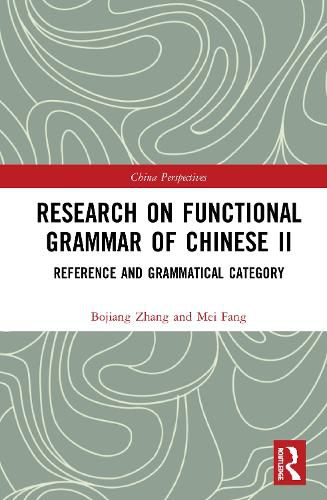Readings Newsletter
Become a Readings Member to make your shopping experience even easier.
Sign in or sign up for free!
You’re not far away from qualifying for FREE standard shipping within Australia
You’ve qualified for FREE standard shipping within Australia
The cart is loading…






The functional perspective on Chinese syntax has yielded various new achievements since its introduction to Chinese linguistics in the 1980s.
This two-volume book is one of the earliest and most influential works to study the Chinese language using functional grammar. With local Beijing vernacular (Pekingese) as a basis, the information structure and focus structure of the Chinese language are systematically examined. By using written works and recordings from Beijingers, the authors discuss topics such as the relationship between word order and focus, and the distinction between normal focus and contrastive focus.
In addition, the authors also subject the reference and grammatical categories of the Chinese language to a functional scrutiny while discussion of word classes and their functions creatively combines modern linguistic theories and traditional Chinese linguistic theories. This book will be of interest to students and scholars of Chinese linguistics and linguistics in general.
$9.00 standard shipping within Australia
FREE standard shipping within Australia for orders over $100.00
Express & International shipping calculated at checkout
The functional perspective on Chinese syntax has yielded various new achievements since its introduction to Chinese linguistics in the 1980s.
This two-volume book is one of the earliest and most influential works to study the Chinese language using functional grammar. With local Beijing vernacular (Pekingese) as a basis, the information structure and focus structure of the Chinese language are systematically examined. By using written works and recordings from Beijingers, the authors discuss topics such as the relationship between word order and focus, and the distinction between normal focus and contrastive focus.
In addition, the authors also subject the reference and grammatical categories of the Chinese language to a functional scrutiny while discussion of word classes and their functions creatively combines modern linguistic theories and traditional Chinese linguistic theories. This book will be of interest to students and scholars of Chinese linguistics and linguistics in general.